
On Day 3, students take their journey to the next level. After gaining insights into plant life cycles and the crucial role of pollinators in the first two days, they now get hands-on and creative. In
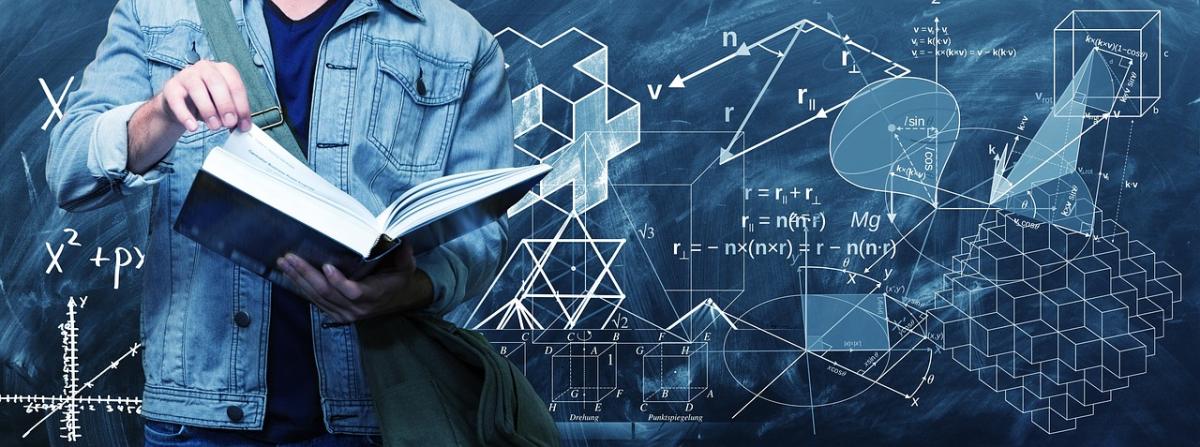
This lesson teaches graphing in a variety of ways and looks at how data can be made misleading. Students will begin with a story and creating a behavior over time graph. Then they will engage with the
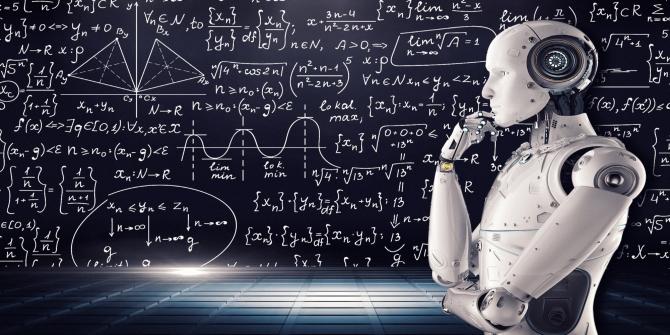
Students will be divided into 6 groups, one for each of the major systems in the human body, and create a presentation to share with the rest of the class.

Day 2 of this lesson plan for 1st-grade students plays a crucial role in bridging theoretical understanding with hands-on experience. It deepens students' knowledge of pollination, emphasizing the

In Day 1 (of 3) of our exciting journey, students embark on a captivating exploration of the natural world, delving into the mysteries of plant life cycles and the essential role that bees play in

What's on the Bee's Knees?
In this engaging and interactive lesson, we'll immerse 1st-grade students in the fascinating world of bees and flower pollination. Using a hands-on simulation activity with colored powder, students

In this lesson, students will learn about Indi the robot. They will collaborate with their peers and use problem-solving skills and critical thinking to learn about coding and how to create an
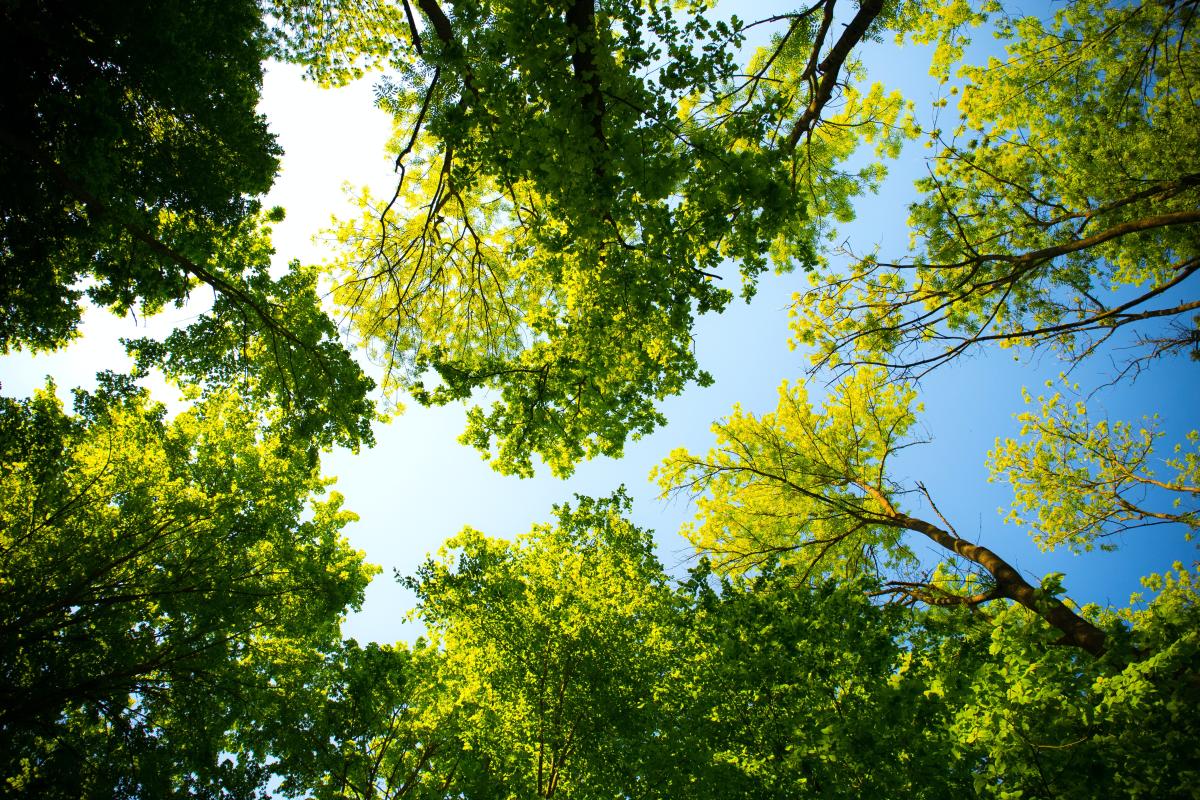
Imagine being stranded in the wilderness, far away from civilization, with nothing but your wits and a hatchet. You have to find a way to survive, to protect yourself from the elements, and to create

"Hatchet" by Gary Paulsen is a novel about a young boy named Brian Robeson who is stranded in the Canadian wilderness after a plane crash. While the book doesn't explicitly teach STEM principles, it
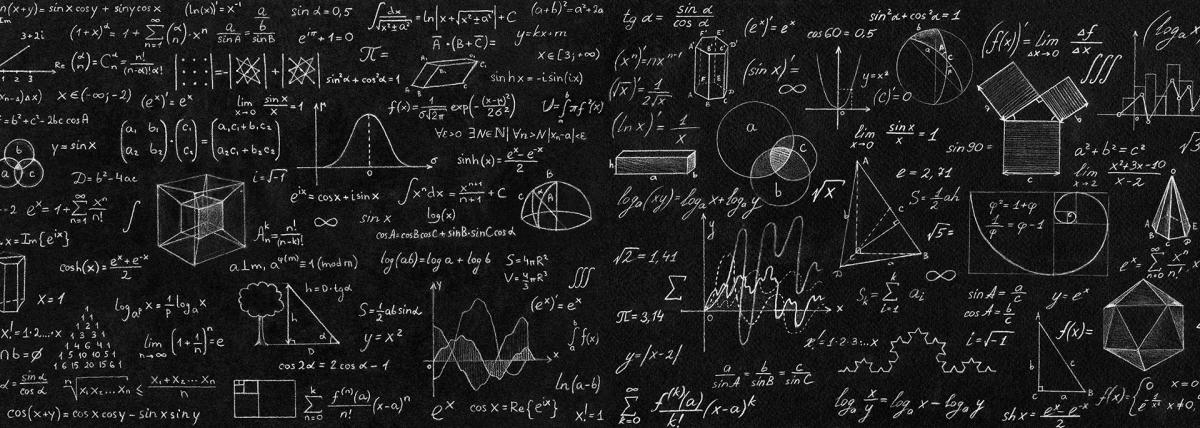
In this lesson students will discover the best angle that will produce the fastest speed for a hot wheel vehicle when traveling 1 meter. Students will also practice calculating speed (speed=distance
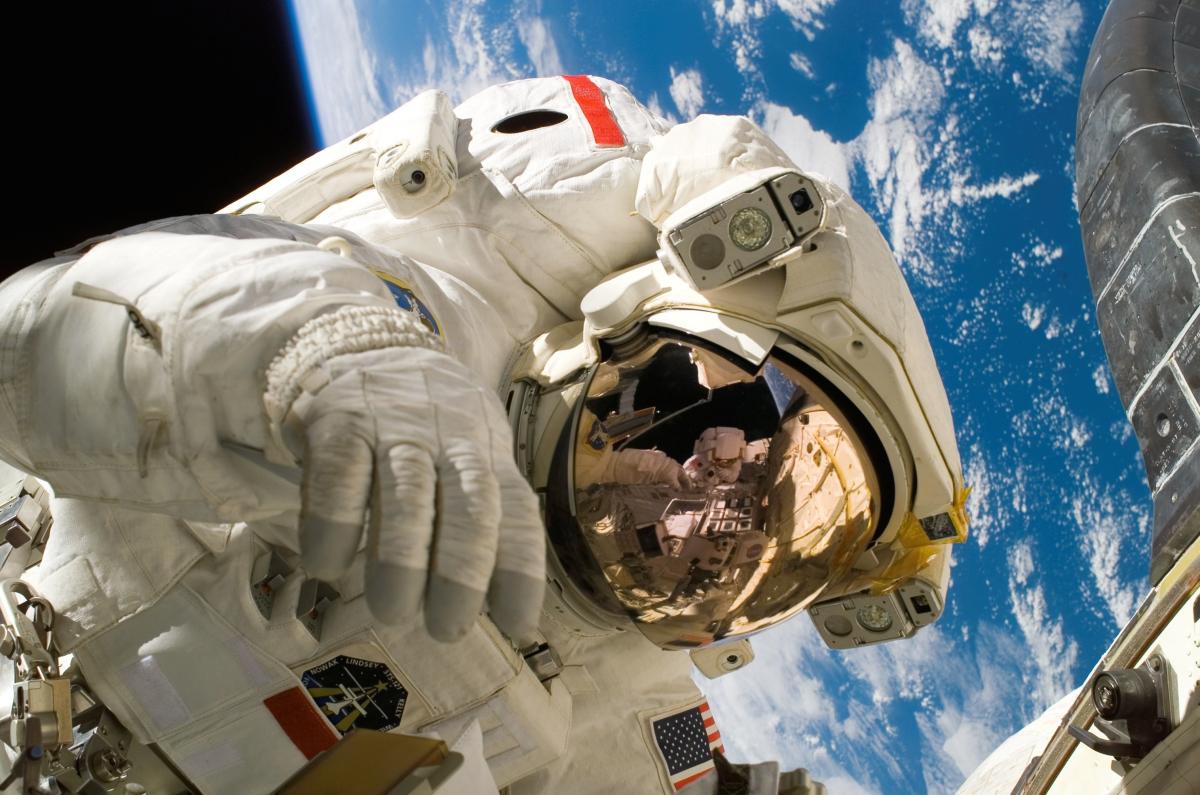
In this lesson, students will test Earth's gravity and how gravity affects objects of different masses. Students will see that mass does not have an effect but instead air resistance is what causes

This lesson aims to introduce the concept of equilibrium point by creating and revising a model. This hands-on lesson encourages students to explore the concepts of equilibrium and balance while

In this lesson, first-grade students will explore the concept of resource sharing in nature using dioramas. The lesson is designed to help students understand that living things, such as plants and
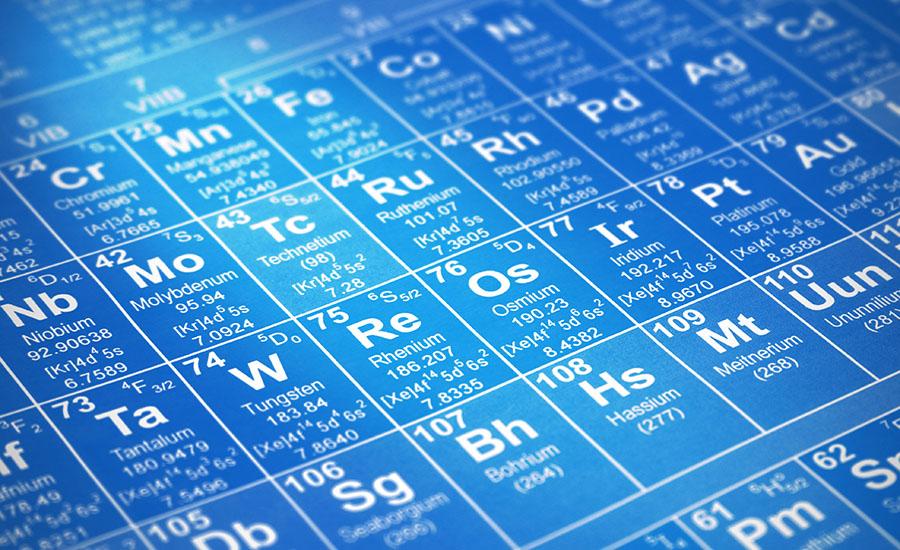
In this lesson, you'll witness the sparkle in your student's eyes as they become Candytopia explorers and chemists, making observations, grouping candies, and creating their own Candy Periodic Table
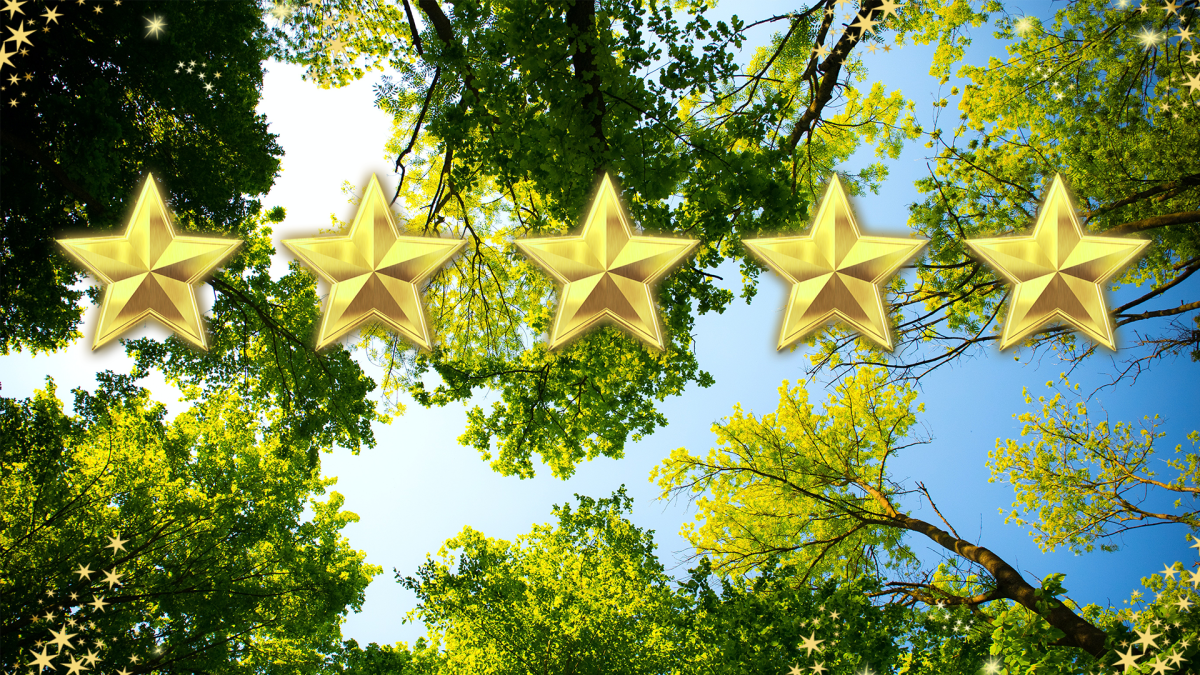
Ballooning Spider Phenomenon
Lesson Description: In this first-grade lesson, we will learn about the amazing world of spiders! We'll start by exploring the life cycle of a spider, from when it hatches to how it grows and changes

This lesson plan is designed for 8th graders to introduce the periodic table as well as learning how molecules are formed and what they look like. Students will engage in a Science, Technology, and

Students will learn how fingerprints are used to solve crimes. Students will then take their own prints, examine patterns within their prints, and compare/contrast the percentages for each type of
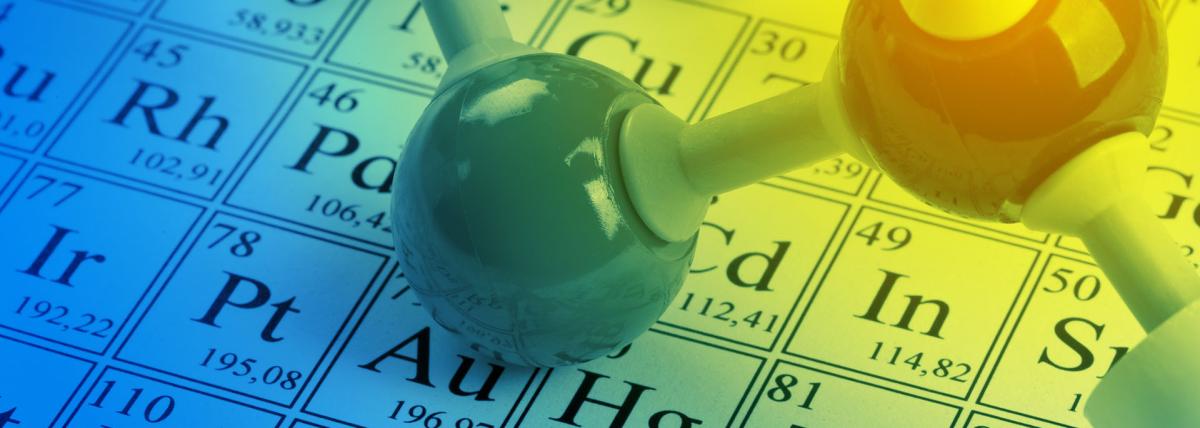
In this lesson, students will first learn the importance of using reliable tools when gathering data in an experiment. When given common acidic and basic substances, students will then begin to

The students will create an interactive diorama using the Hummingbird Robotics kit on Natural Disasters. The students will choose their Natural Disaster that they want to bring to life, complete a

Students will be researching engineering design features that can be utilized to create buildings that can more effectively withstand the effects of a major earthquake. Students will work within a
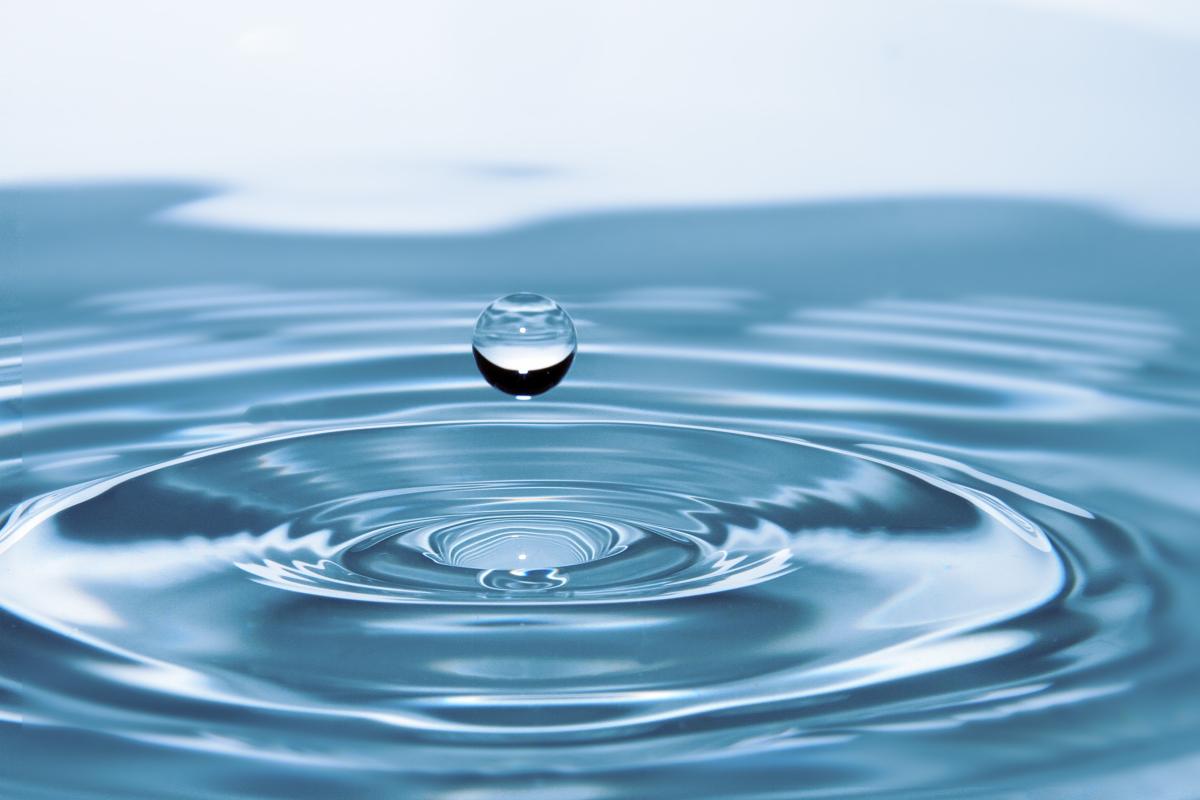
This lesson is an introduction to Animation. The Flipbook lessons will eventually lead into students creating a Stop Motion animation. This lesson can be used for grades 3rd - 8th grade. The students

Students will create their roller coaster model, test the transfer of energy, measure the distance of how far their marble traveled and compare their distance to the distance of others. *Printable

In this lessons, students will work collaboratively to plan and prep the design of a roller coaster model. After planning a design, students will begin to prep the number of straight segments, curves

Students will read the original version of The Three Little Pigs and then explore different versions of the story. After exploring, they will complete a compare & contrast chart on two or three of the
